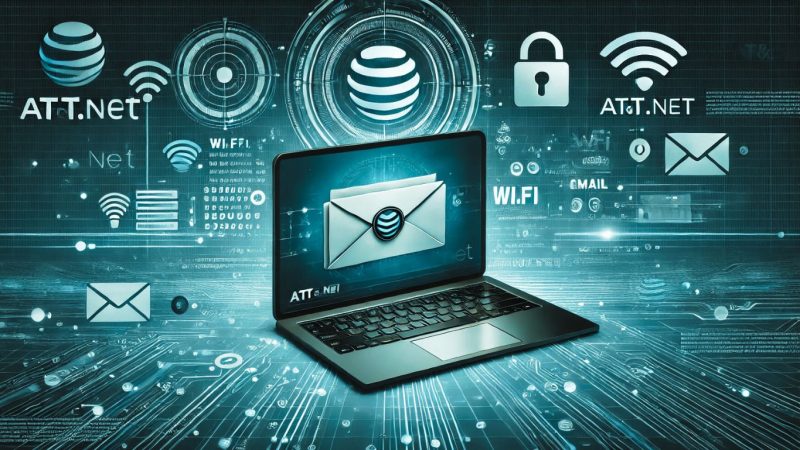Difference Between Wi-Fi and Internet

Wi-Fi and the internet are often used interchangeably in day-to-day conversations, and many do confuse them to be the same. However, the truth is that Wi-Fi and the internet are not the same. The internet, where on the one hand, is a global system of interconnected computer networks Wi-Fi on the other, it is a local area network of wirelessly connected devices. The devices on a Wi-Fi network can be connected to the internet and securely exchange data among themselves when not connected to the internet.
This article is all about the difference between Wi-Fi and Internet. Moreover, by understanding the difference between Wi-Fi and the internet, you will be able to buy the right kind of hardware for your network, troubleshoot connectivity issues at your home, and also be able to comprehend the risks associated with using free Wi-Fi.
What is Wi-Fi?
Wi-Fi is just a wireless technology used to connect multiple devices spread within a small area or, in other words, to form a LAN, i.e., a Local Area Network. It is a means to bring the internet to all the connected devices but is not the internet connection per se.
Devices are connected through Wi-Fi in the same way as they used to be connected when network cables were used. In this case, the clutter of wires is not there. All connected devices on Wi-Fi will be able to share data, with or without an internet connection.
A person owning a Wi-Fi network will have total control over the network. The network name, password, the number of users, enabling the exchange of information between one other etc., can all be managed by the one owning the Wi-Fi. He/She will have the liberty to change the Wi-Fi router or access point and to turn it off or switch it on at any time.
A home Wi-Fi network may not necessarily be connected to the internet and is generally hosted by a router. That means devices on the network can work simultaneously with one another for data sharing, taking backup, printing and streaming local media etc. However, if anyone needs to access internet-based services like Skype, Netflix, Facebook, Twitter, etc., connectivity to the internet will be required.
The router’s WAN port must be linked to an internet source, such as a broadband modem, in order to connect a home Wi-Fi network to the internet. When this connection is complete, any device connected to the network will have access to the internet via the Wi-Fi signal of the local network. Wi-Fi is only a technology connecting a gadget to the internet. And this explains why you could occasionally be unable to access the internet even when your Wi-Fi connection is strong.
What is the Internet?
The Internet connects devices over a large area and is also known as the WAN network. Several routers connect numerous local area networks to the internet. With an internet connection, the wi-fi network at your home easily become a part of the worldwide network.
Unlike the Wi-Fi network, the owner will not have control over the internet connection. Besides turning it off and on, there will absolutely be no other liberty. Getting the worth for what you have paid and hoping to get the promised speed is the only thing you can expect.
The speed of residential broadband internet connections has increased tremendously over the years. Earlier it used to be 1.5 Mbps to 20 Mbps, whereas, at present, it is 50 Mbps to 150 Mbps or even faster. However, it is possible that sometimes, the speed of the internet is slower than the wired local network. For a Wi-Fi network, the speed is dependent on the standards used by the Wi-Fi router or access point and the number of users.
How do broadband internet connections differ?
There are two different types of broadband internet connections.
Wired Internet
Residential broadband, often known as wired internet, is when you access the internet by way of a physical connection, such as a telephone line (DSL), cable, or fibre optic line (FIOS). This kind of internet connection is the most common, speedy (particularly through cable and FIOS), and reasonably priced. Users need not be concerned about how much they download or upload because wired internet connections typically have no data restrictions or high caps.
Satellite internet
Popularly known as satellite broadband, satellite internet is comparable to wired internet except that the home network connects to the service provider via a satellite dish on the roof rather than a cable. The internet connectivity is then made available by the dish’s communication with satellites. Although satellite internet is still an economical alternative for distant locations lacking cable, DSL, or FIOS services, it is typically slightly more expensive and slower than conventional internet.
Conclusion
Having understood the difference between Wi-Fi and Internet, you should know that having Wi-Fi does not mean you have access to the internet. Also, having a robust Wi-Fi signal is not construed as fast internet speed. If Wi-Fi is used to share the internet, then what you should be concerned about is the internet speed in addition to the strength of the Wi-Fi signal.
FAQs
Why is it sometimes even though the WiFi connection is strong there is a delay in streaming videos?
The internet speed is what defines the quality of your internet experience. Sometimes there could be a slow down in the broadband connection, which is the reason for the delay. So instead of checking the WiFi signal, you should check the internet connection to ensure that the WiFi network is configured properly.
The speed of the broadband connection is higher when connected via a network cable rather than a wireless connection. Why is it so?
This is because the WiFi speed is much lower than the ceiling speeds. The WiFi speed depends on the proximity to the router. The speed further slows down if you are using conventional routers or your device uses a conventional WiFi adapter.
How to know the speed of my internet connection?
You can do a speed test with different test servers. You take the best result as the speed of your internet connection. The results differ from one test server to the other. The result depends on several factors like the location of the test servers, the number of users accessing the particular test server at a time and how long the test data has to traverse to get to your computer.






